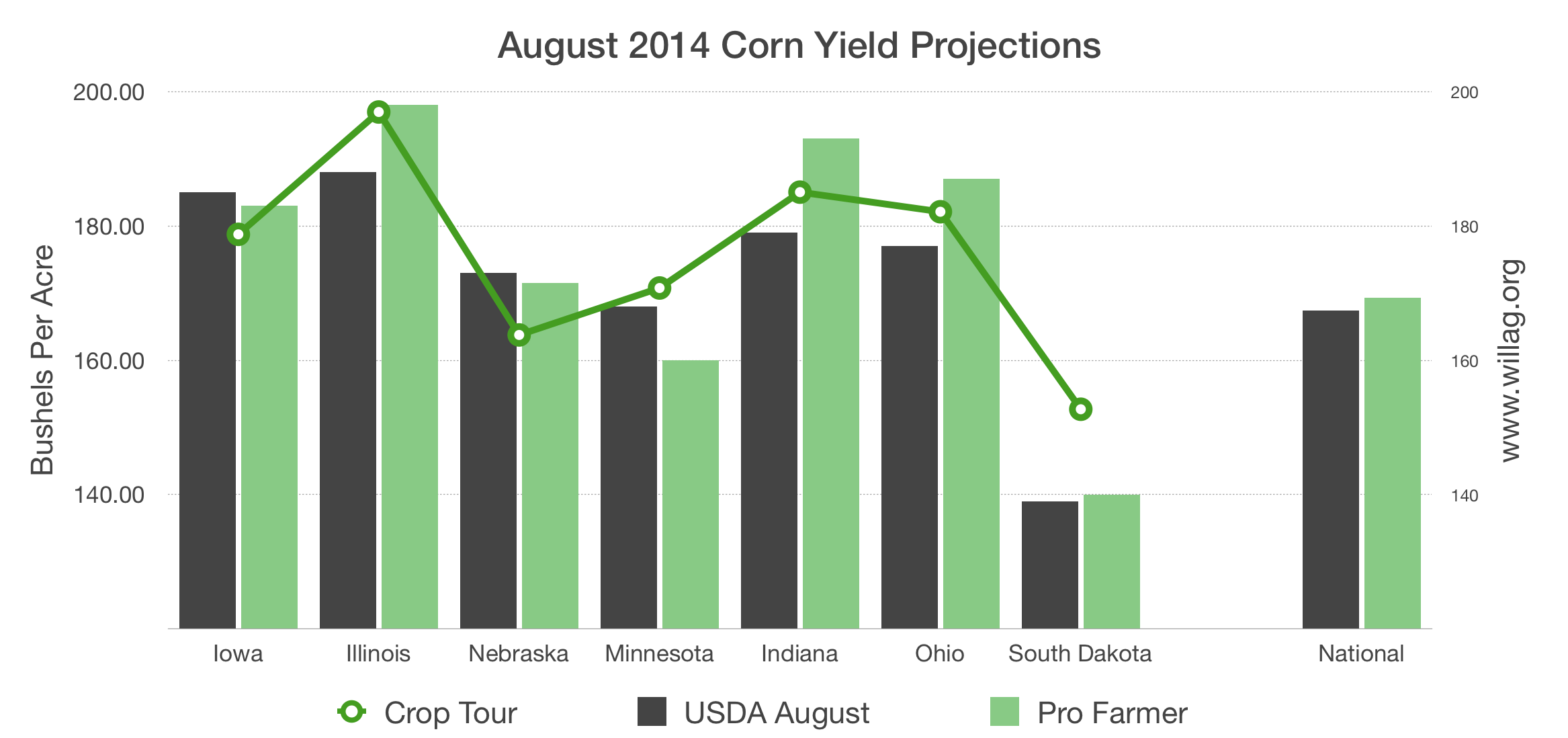Friday the United States Department of Agriculture Farm Service Agency made a series of announcements related to the new farm programs' signup period. Farmers will make final irrevocable decisions between the ARC & PLC programs sometime after January 1, 2015.
 |
| timeline posted to USDA FSA website August 1, 2014 |
Letters are in the mail this month notifying farm operators of current base acres and yields, along with 2009-2012 planting histories. The letter asks these numbers be confirmed or updated as the first part of the sign up process.
Online tools are under development at the University of Illinois to aid producers throughout the nation. Those tools may be ready by the official end of summer (September 22, 2014), but have not yet been released.
The following note was posted the USDA FSA website August 1, 2014;
WASHINGTON, Aug. 1, 2014 — U.S. Department of Agriculture (USDA) Farm Service Agency (FSA) Administrator Juan M. Garcia announced today that farmers should start receiving notices updating them on their current base acres, yields and 2009-2012 planting history. The written updates are an important part of preparing agricultural producers for the new safety net programs established by the 2014 Farm Bill.
“We’re sending these reports to make sure that farmers and ranchers have key information as they make critical decisions about programs that impact their livelihood,” said Garcia. “It’s important that producers take a few minutes to cross check the information they receive with their own farm records. If the information is correct, no further action is needed at this time. But if our letter is incomplete or incorrect, producers need to contact their local FSA county office as soon as possible.”
Verifying the accuracy of data on a farm’s acreage history is an important step for producers enrolling in the upcoming Agriculture Risk Coverage (ARC) program and the Price Loss Coverage (PLC) program. Later this summer, farmers and ranchers will have an opportunity to update their crop yield information and reallocate base acres.
“We’re working hard to prepare and educate farmers on the new programs created by the 2014 Farm Bill,” added Garcia. “I encourage producers to bring their USDA notice to any scheduled appointments with the local FSA county office. This will help ensure they have the information they need with them to discuss the available program options.”
By mid-winter all producers on a farm will be required to make a one-time, unanimous and irrevocable election between price protection and county revenue protection or individual revenue protection for 2014-2018 crop years. Producers can expect to sign contracts for ARC or PLC for the 2014 and 2015 crop years in early 2015.
Covered commodities include barley, canola, large and small chickpeas, corn, crambe, flaxseed, grain sorghum, lentils, mustard seed, oats, peanuts, dry peas, rapeseed, long grain rice, medium grain rice (includes short grain rice and temperate japonica rice), safflower seed, sesame, soybeans, sunflower seed, and wheat. Upland cotton is no longer a covered commodity.

